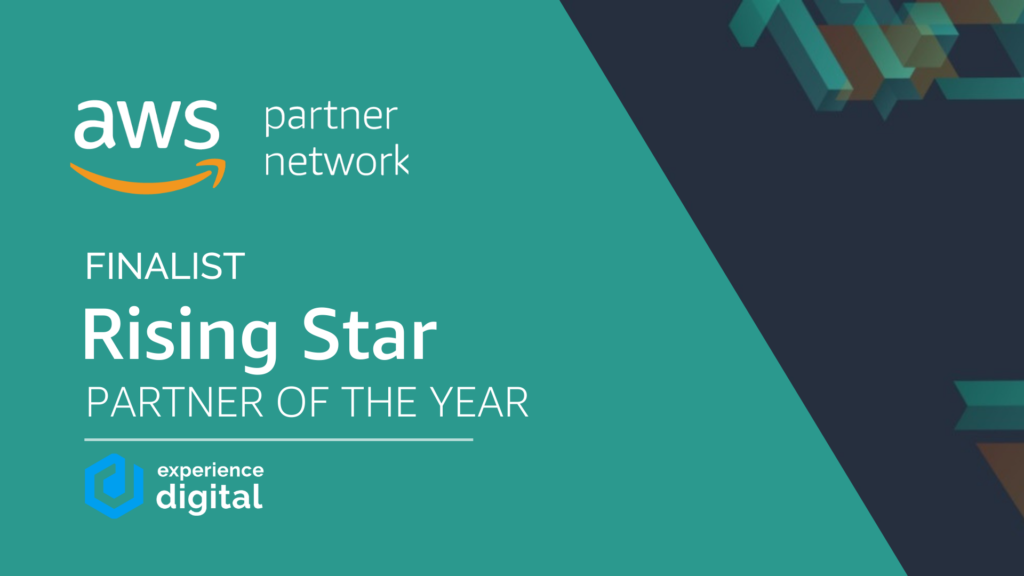When speaking to founders, engineers, and well, anyone in the tech market at the moment, product development is a constant and high-profile topic. At the top end of the market, the world’s most iconic start-ups are collectively pouring billions of dollars into improving and refining their products in the ongoing arms race to be ‘best in show’.
But equally at the early stage of the investment chain, founders are acutely aware that a lacklustre product sticks out like a sore thumb, so they’re increasingly devoting time, effort, and capital to get even the Minimum Viable Products (MVPs) looking and working like a well-oiled machine.
However, there is one issue that lurks in the background ready to pounce on an unsuspecting founder.
Technical debt.
Tech debt can rear its head at any moment. If you’re unfamiliar with Tech Debt, here’s a great summary from BMC:
“Imagine that you are a software developer and you have to add new functionality to a software or system. There are two paths to choose from:
- The easier route, made up of messier code or design, will get you there faster
- The harder route made up of cleaner code and design will take more time
Like monetary debt, technical debt can accumulate “interest”. In this concept, the interest is the increasing difficulty it can be to implement changes later on, especially as a software project dominoes through multiple phases. The longer technical debt is ignored or unaddressed, the more tech debt can occur.”
As your product scales in size and complexity, it will become an ongoing process of evaluation and implementation. But in the early years of a business, tech debt can feel like someone slamming the handbrake on your car just as you’re about to pull off.
On that note of driving, I can say proudly, and slightly sheepishly, that last week I passed my driving test…at 31 years old. Cue applause from some, and laughter from the usual suspects. I know, and you know who you are.
This got me thinking, why had I left it so late in life? After all, at 17/18, I had a part-time job and more than enough hours in the day to take lessons. But then university came around, money became tight so I didn’t bother. Then I started working in London, and commuting every day by tube and train meant I didn’t need to drive. Eventually, I decided to move to Sydney. “No sense getting a car when you live next to the beach” and the “I’ll do it eventually,” I thought, and “I don’t really need to drive right now, what’s the big deal?” Finally, the move to the UK came up, and reality hit. I was 30, and commuting to Manchester and general life was very difficult without being able to drive. I was always dependent on a lift or public transport. Walking was out of the question (I can’t convey enough how much it rains in Manchester). So finally, I got my act together, got the monkey off my back, and passed.
But back to the original question. Why had I left it so late? I have many more responsibilities now than when I was 17/18, and juggling these with learning to drive wasn’t easy. Regardless of all the reasons above (some valid, some not), the honest answer is that I took the easy option every time. I delayed doing the difficult “hard yards” until it was too late. At any of those points in my life, I could have dedicated time to it. But ultimately, by the time I really needed a car and to be able to drive, I was stuck. It was too late.
Many founders go through the same journey with tech debt. If you leave it and delay tackling it, it will get you eventually. It’s inevitable. If like me, you leave it too late, it will strike at a time when you really don’t want it to, and the knock-on effects will be much worse than if you tackle it early.
So what can you do?
Always think about it.
Hire engineers and product people that are aware of the impact tech debt has on the business, and are on top of it. Are there new frameworks of versions coming out that are going to affect your product? You should know about them well in advance and not be left in the dark until it’s too late.
Tackle it early.
The sooner you identify and resolve any tech debt issues, the smaller the impact is. If you leave it too late, the dependencies in your product build and build and build, and you can find yourself in a very difficult situation where your entire product architecture needs an overhaul as nothing is up to date. Aim to never be in this situation if possible. Do the ‘hard yards’ that I didn’t.
Find alternatives.
There are almost limitless ways of building tech solutions, so don’t get railroaded into one way of thinking. Be open to advise and being challenged on your ideas, as the most effective solution could be right under your nose. But if you’re so committed to one way of building a product that you can’t sit back objectively and pick the best solution, then find people and partners that can help you make that decision.
If you are looking for support to build your product, then we’d love to hear from you. You can get in contact via our website, or send us an email at hi@experience.digital.






